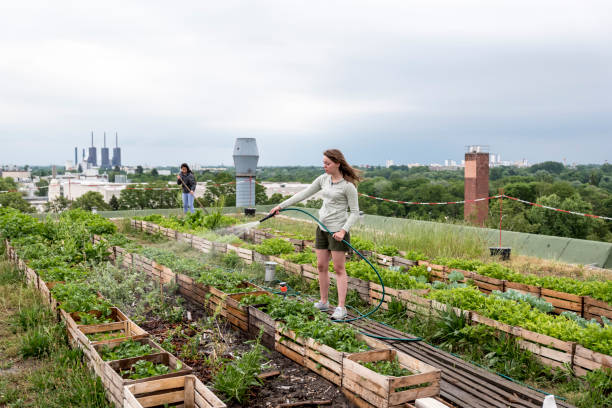Efficient Water Management for Residential Landscapes
Efficient water management reduces waste and supports healthier residential landscapes. This article presents practical, waterwise strategies for homeowners, covering irrigation techniques, soilhealth improvements, mulching, composting, plant selection, and design choices that conserve water while maintaining attractive outdoor spaces.

Managing water in a residential landscape requires both practical adjustments and thoughtful design. Effective strategies combine irrigation timing, soil amendments, and plantcare practices that match species to microclimates. By focusing on soilhealth, mulching, and targeted irrigation, homeowners can lower consumption, reduce runoff, and maintain vibrant planting beds, containers, lawns, and hardscaping features while supporting local pollinators and resilient ecosystems.
How can irrigation support waterwise landscaping?
Efficient irrigation is central to waterwise landscaping. Use drip irrigation for beds and containers to deliver water directly to roots, and group plants by water needs to avoid overwatering. Schedule watering for early morning or late evening to reduce evaporation, and consider a smart controller or soil moisture sensors to tailor runtimes. Regularly check for leaks and adjust heads on sprinklers near hardscaping to limit runoff. These steps conserve water, promote better plantcare, and ensure planted areas receive consistent moisture without waste.
How does soilhealth and composting affect plantcare?
Healthy soil retains moisture and supports robust root systems, reducing the need for frequent watering. Incorporating composting into landscape maintenance improves organic matter, increases water infiltration, and feeds plants naturally. Regularly testing soil pH and texture guides amendments that enhance structure and nutrient availability. When soilhealth is prioritized, plants establish deeper roots, tolerate dry periods better, and require less irrigation overall—benefiting both ornamental and edible plantings.
How do mulching and xeriscaping reduce water needs?
Mulching conserves soil moisture, moderates temperature, and suppresses weeds that compete for water. Apply a 2–4 inch layer of organic mulch around plant bases, leaving a small gap at stems to prevent rot. Xeriscaping complements mulching by selecting low-water plants, arranging them in hydrozones, and using permeable hardscaping to minimize irrigated areas. Together, mulching and xeriscaping reduce dependency on supplemental irrigation while maintaining landscape interest and function.
How to use nativeplants, containers, and hardscaping effectively?
Choosing nativeplants adapted to local rainfall patterns reduces watering needs and supports local wildlife. In containers, use well-draining mixes with added compost and consider self-watering designs or grouped pots to simplify plantcare. Thoughtful hardscaping—such as permeable pavers, swales, or rain gardens—directs stormwater to planting areas and reduces runoff. Integrating these elements creates a balanced landscape that conserves water, complements planting design, and provides versatile outdoor living spaces.
How can pollinators be supported and pestmanagement done without excess water?
Design waterwise gardens that also support pollinators by planting nectar-rich nativeplants and creating small, shallow water sources that retain moisture without promoting mosquito habitat. For pestmanagement, prioritize cultural controls like crop rotation, habitat diversification, and encouraging beneficial insects; only use targeted treatments when necessary. Overwatering can increase pest and disease pressure, so managing irrigation and maintaining good airflow reduces the need for chemical interventions while keeping pollinator-friendly habitats healthy.
What role do seasonalplanting and outdoorlighting play in water efficiency?
Seasonalplanting aligns watering needs with natural rainfall and temperature cycles: plant drought-tolerant species for summer interest and plan cool-season plantings when soil moisture is more available. Adjust irrigation schedules seasonally and winterize systems to prevent freezing damage and unnecessary flow. Outdoorlighting choices indirectly affect water management by reducing the need for high-maintenance, water-demanding displays; durable, low-impact lighting around hardscaping highlights features without encouraging excess irrigation.
Efficient water management in residential landscapes blends practical maintenance with purposeful design. Prioritizing soilhealth, appropriate irrigation, mulching, composting, and plant selection—especially nativeplants and drought-tolerant species—reduces water use while supporting pollinators and resilient plant communities. Thoughtful hardscaping and container choices further limit runoff and concentrate water where it benefits plants most. By adopting waterwise practices, homeowners can create attractive, low-impact outdoor spaces that perform reliably across seasons.





